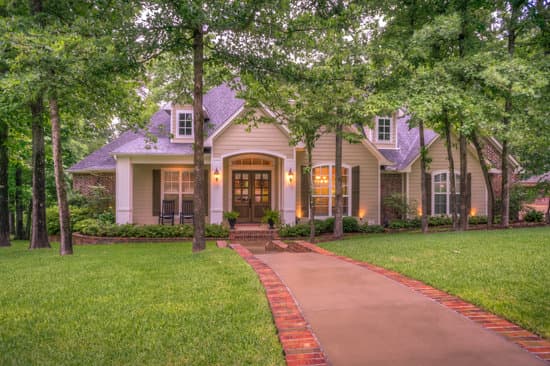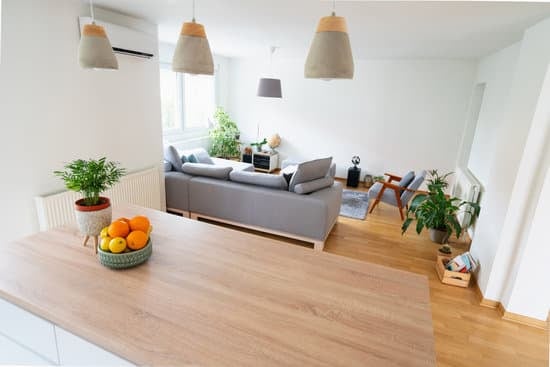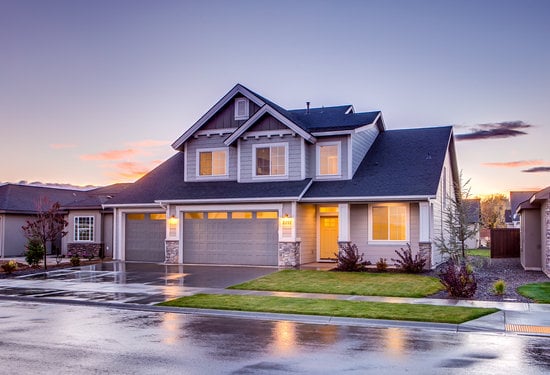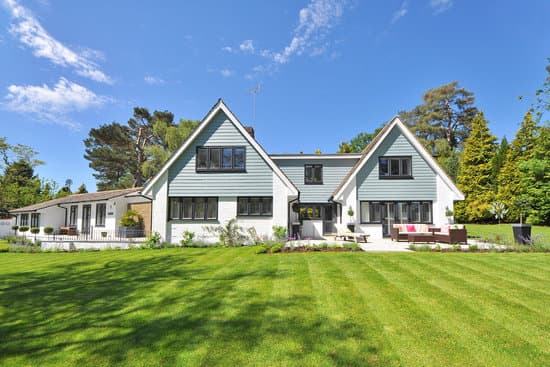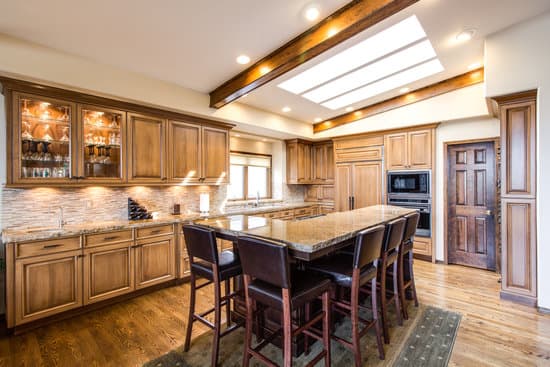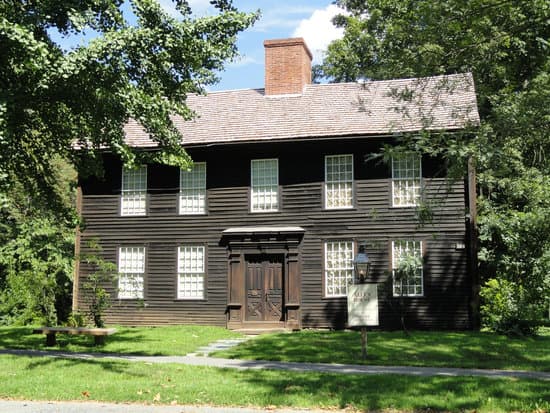Hydroponic Gardening: Overview
Hydroponic gardening is an innovative method of growing plants without using soil. This approach delivers nutrients and water directly to the plant roots via a nutrient-enriched solution. In hydroponic gardening, the plants’ roots are submerged in a water solution that contains all the nutrients required for healthy growth. As a result, plants grown with hydroponics mature faster and produce better yields than those grown in soil-based systems.Understanding Plant Growth in Hydroponic Systems
Plants grown in hydroponic systems don’t grow slower than those grown in soil-based systems. In fact, studies have shown that hydroponics can deliver quicker plant growth and better yields. This method provides precise control over the environment and provides the plants with the precise amount of nutrients needed, which differs from soil-based methods. Soil that contains too much or too little water can slow plant growth, and a lack of nutrients or light can cause the plants to become stunted or develop deficiencies. The benefits of hydroponics go beyond speed and yield. Hydroponic plants are generally healthier, with fewer pest problems compared to their soil-grown counterparts. Plus, hydroponic gardens can be grown indoors, making it easier for those who live in cities or don’t have access to outdoor space to grow fresh produce.The Benefits of Hydroponic Gardening
Hydroponic gardening delivers incredible yields, and plants mature faster compared to traditional soil-based gardens. This approach is resource-efficient since it reduces the amount of water and fertilizer needed by delivering only the necessary amount to the plants at the right time. Also, hydroponics enables the efficient utilization of space since it is stackable, vertical and scalable. Another advantage of hydroponic gardening is that it eliminates the need for weeding, tilling, and soil preparation. This method delivers precise nutrients, eliminating the guesswork in soil-based gardening because the nutrients come directly from the nutrient solution.The Essentials for Hydroponic Growing
Whether you are a beginner or seasoned hydroponic gardener, there are some essentials you need. These include the following:- Containers: Plastic or glass containers work well for hydroponic gardens
- Water: Unlike soil-based gardens, hydroponic systems use a water-based medium as the primary substrate for plant growth
- Nutrient solution: Plants need nutrients to grow and complete their life cycle. Hydroponic systems deliver a nutrient solution directly to the plants’ roots
- Support structures: Some plants, like tomatoes, require support structures to hold them and their fruit up
Nutrient Delivery Methods for Hydroponic Gardening
Hydroponic gardeners rely on nutrient delivery methods to provide plants with the necessary nutrients for proper growth. Depending on the type of hydroponic system, nutrients can be delivered through the following methods:- Drip irrigation: A nutrient solution is dripped into the growing medium’s surface and allowed to soak into the roots via wicking action
- Flood and drain: A nutrient solution is injected into the root zone, allowed to sit, then drained away to prevent root rot and improve oxygenation
- Aeroponic: Plant roots are suspended in air, and a nutrient solution is misted onto the roots every few minutes
Choosing the Right Lighting System for Your Hydroponic Plants
Proper lighting is critical for successful hydroponic growth. Artificial light is needed to supplement natural light or provide light for hydroponics grown indoors. The following lighting systems are commonly used in hydroponics:- Fluorescent lighting: Ideal for seedlings and plants that require low to moderate light levels
- High-intensity discharge lighting: Best for flowering and fruiting plants that require high light levels
- LED lighting: Popular, efficient, and simple to install and maintain, making it the ideal option for beginners or those with small-scale operation








